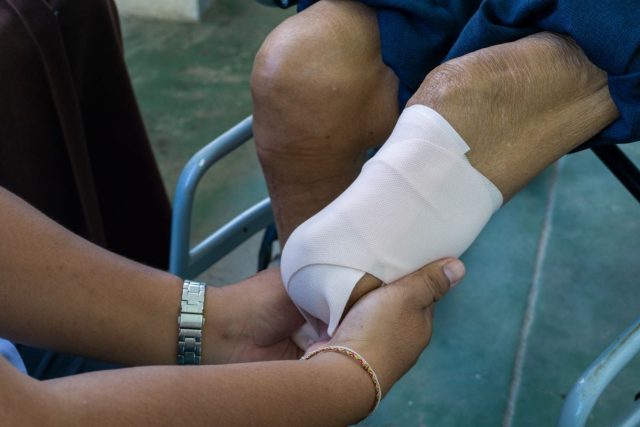Amputation rate higher for nonelective patients, as is mortality rate at five years after revascularization
By Elana Gotkine HealthDay Reporter
MONDAY, July 22, 2024 (HealthDay News) — For patients undergoing lower limb revascularization for peripheral artery disease (PAD), the amputation rate is higher for nonelective patients, as is the mortality rate at five years after revascularization, according to a study published in the July 23 issue of Circulation.
Qiuju Li, Ph.D., from the London School of Hygiene and Tropical Medicine, and colleagues analyzed 94,690 patients (≥50 years) undergoing limb revascularization for PAD from 2013 to 2020 to examine the illness trajectories.
The researchers found that 34.8 percent of patients had nonelective revascularization and the others had elective procedures. The amputation rate was 15.2 and 19.9 percent at one and five years, respectively, after revascularization for nonelective patients. The corresponding amputation rates were 2.7 and 5.3 percent for elective patients. Patients who were younger, had tissue loss, diabetes, greater frailty, nonelective revascularization, and more distal procedures had higher risk of major amputation. At five years after revascularization, the mortality rate was 64.3 and 33.0 percent for nonelective and elective patients, respectively. Patients were at increased risk of mortality if they underwent major amputation within six months after index revascularization.
“People with severe forms of PAD requiring urgent surgery tend to have extremely poor disease progress,” Li said in a statement. “They are at high risk of limb loss and all-cause death following the initial surgery.”
Copyright © 2024 HealthDay. All rights reserved.



















